How firms can benefit from RIA Custodians that look to beyond the advisor.
Advisors who decide to start an RIA fit a specific mold. They’re driven entrepreneurs looking to have control over their business. They’re looking to grow their practice how they want and build their teams in a way that will support those growth goals.
RIA firms come in all shapes and sizes. Some RIAs have offices around the country, each with multiple advisors and an entire team of support staff. Others are single-advisor shops that may have one or two support team members.
Regardless of the size and makeup of an RIA, one point remains the same – these firms can benefit from solid technology. While technology focused on streamlining the advisor’s workflow is essential, it’s just as critical for that technology to assist the rest of the firm’s staff.
Operational-focused employees, portfolio managers, and client service representatives are crucial in delivering exceptional service to clients daily. While advisors may be the decision-makers at an RIA, support staff can play a vital role in finding third-party vendors that will meet the needs of the full RIA.
As RIAs look to employ best-fit technologies for their firms, there are a few key points to keep in mind to help ensure that any new vendors or RIA custodians will meet the needs of the advisor and the advisor’s support team as well.
When Evaluating Tech, Loop in the Full Team
Determining what technology could be the right fit for an RIA isn’t easy – it’s a multi-step process that requires a deep dive into a provider’s capabilities, technology roadmap, and approach to service.
The ways that RIAs are approaching technology for their businesses are also evolving. According to a recent survey from F2 Strategy, 84 percent of firms have increased tech resources over the past two years, and 78 percent plan to spend even more over the coming two years.1 As new providers emerge and average technology spend continues to increase, even more due diligence is required to find the right fit for a firm.
While this is a process that the firm’s decision-makers (often the financial advisors) may want to take on alone, it’s vital to leverage the whole team throughout this process. When evaluating prospective providers, RIA teams should consider sitting down to discuss all the capabilities they’re looking to get from their new vendor.
When selecting a new RIA custodian, for example, advisors likely have their list of must-haves. This could be certain reporting technologies, easy access to support, and in-depth RIA trading capabilities. At the same time, the firm’s support staff likely has their own list to look for in a new provider – this could be easy-to-use service request systems, organizational components to the platform, and access to comprehensive custodial data.
While advisors play a major role in the success of an RIA, they rarely touch every part of the business. Support team members who work in these technologies every day may touch parts of the platforms that the advisor would never use and could have insights into what could work for the firm and what could cause major issues.
Arming these support team members with the technology that they feel they truly need to succeed not only helps to ensure the new vendors will facilitate the team’s workflow, but it can also have fringe benefits. This inclusion can help to create a more positive firm culture – it’s a signal that firm leaders value the insights from their employees and are willing to invest in technologies that can benefit their operations.
Let’s face it – switching providers can take a pretty significant time investment. The last thing RIAs would want to do is to add a new vendor only to find that it doesn’t fit the needs of the team in short order.
Look Beyond Tech and Into Ongoing Engagement
When speaking with a provider’s sales team, they’ll likely look to show off the tech. All of those capabilities that the RIA team has defined as must-haves.
While these capabilities can significantly benefit firms, they are only a piece of the puzzle. RIAs looking to establish a solid ongoing relationship with a vendor should look beyond the tech and into the service.
During this evaluation process, RIAs should look to learn precisely how the provider’s team will service the advisor and support team members in the long term. RIAs can consider asking the providers the following questions:
- When I ask where a service request stands, how will I know who to reach out to for an update? Will I be able to get a real person on the phone?
- When an issue with a client arises, and we need support immediately, how can I connect with the team?
- If an operational team member has a question about a particular service or capability, will there be someone who can help explain that service?
- When we hop on the phone with a member of your support staff, will we have to reexplain our business? Or will they know who we are and how we work?
Using these questions to cut through the noise can help RIAs evaluate how a provider approaches service and how they would work with the team day in and day out.
No matter the third-party vendor or RIA custodian, things can’t go right 100% of the time. What’s important is finding a provider that is there to support the advisor and support staff when things go wrong. It’s not about finding a provider that will never experience issues; it’s about finding a provider that can fix problems promptly with consistent communication.
Finding the Right Provider for Your RIA
If you feel that your RIA custodian is failing to deliver to fit your entire team’s needs, it may be time to look for a new vendor.
If you’d be interested in hearing how TradePMR delivers white-glove service to advisors and support staff, we should talk.
1 Wealth Managers Are Losing the Competition for Tech Talent, RIA Intel, by Holly Deaton. Published May 24, 2022.






